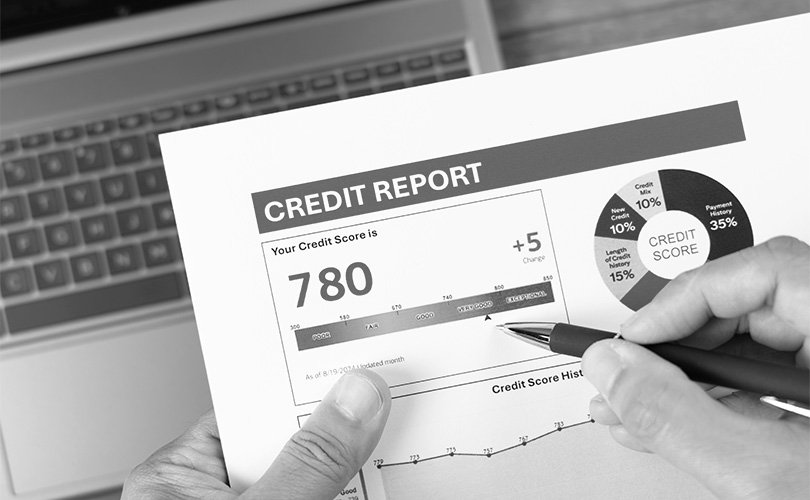

Managing high-interest loans can be a daunting challenge for many individuals. With interest rates often exceeding 15% or even higher, these loans can quickly spiral out of control, leading to financial stress and uncertainty.
However, there are smart strategies to tackle these debts effectively and boost your financial health. At Settle My Loan, we believe that with the right approach, you can minimize your debt and pave the way toward financial success. In this blog, we will explore practical, actionable tips for settling high-interest loans.
High-interest loans are typically defined as loans with interest rates significantly above the average market rate. This includes personal loans, credit cards, and payday loans that often carry interest rates of 8% or more. According to a study by Equifax, unsecured debts like credit cards and personal loans tend to have the highest interest rates, making them particularly burdensome for borrowers. Understanding the nature of these loans is the first step toward managing them effectively.
High-interest loans can severely impact your financial health in several ways:
The first step in tackling high-interest loans is to create a detailed budget. This budget should outline all your income sources and expenses, allowing you to identify areas where you can cut back.
Debt consolidation involves combining multiple high-interest loans into a single loan with a lower interest rate. This can simplify repayment and reduce overall interest costs.
Don’t hesitate to reach out to your lenders to negotiate better terms. Many lenders are willing to work with you if you express genuine concern about your ability to repay.
The snowball method is an effective debt repayment strategy that focuses on paying off smaller debts first while making minimum payments on larger debts.
This method provides psychological wins that can motivate you to continue tackling larger debts.
If you receive unexpected money—such as tax refunds, bonuses, or gifts—consider using a portion of it to pay down high-interest debt.
Finding ways to increase your income can provide additional funds for debt repayment.
If managing high-interest loans feels overwhelming, consider consulting a financial advisor or credit counseling service.
Achieving financial freedom requires commitment and strategic planning. Here are key steps:
One of the biggest challenges when settling high-interest loans is avoiding new debt. Here are some tips:
Settling high-interest loans requires strategic planning, discipline, and persistence. By assessing your financial situation, prioritizing debts using effective methods like the avalanche approach, creating a realistic budget, considering consolidation options, negotiating with creditors, and seeking professional help when needed, you can effectively reduce and eliminate high-interest debt.
At SettleMyLoan, we are committed to helping you achieve financial success through tailored solutions that meet your unique needs. Remember that every step you take towards managing high-interest loans brings you closer to financial freedom.
For more information on effective strategies for managing debt or assistance in settling high-interest loans, visit our website at settlemyloan.in or contact us today!
High-interest loans are loans that have an annual percentage rate (APR) significantly above the average market rate, often exceeding 36%. These loans can include payday loans, credit cards, and certain personal loans, making them costly to repay.
High-interest loans can strain your finances by increasing monthly payments and extending repayment terms. The total interest paid over the life of the loan can be substantial, leading to a cycle of debt that is difficult to escape.
To settle high-interest loans, consider creating a detailed budget, consolidating debts, negotiating with lenders for better terms, utilizing the snowball method for repayment, and seeking professional financial advice if needed.
Yes, debt consolidation can be an effective way to manage high-interest loans by combining multiple debts into a single loan with a lower interest rate. This can simplify payments and reduce overall interest costs.
When considering a high-interest loan, look for lenders that disclose the APR, check your credit history, and offer loans that apply payments towards both principal and interest. Avoid loans with hidden fees or unfavorable terms.
To avoid new debt while settling existing loans, create an emergency fund to cover unexpected expenses, limit credit card usage, and practice mindful spending. Focus on sticking to your budget and financial goals.
Effective management of the high-interest loans necessitates having a strategic approach. The first step should be the preparation of a detailed budget to understand where you can make some spending cuts and release additional funds to repay the debt. The best ways to tackle your debt are to pay down those loans that have the highest interest rates first or as its commonly called the debt avalanche. Debt consolidation may be an option where debts with high interest rates could be converted to a new loan with a lower interest rate as a way to simplify payments and, by extension, lower your cumulative interest expenses.
The debt avalanche is the approach that is generally the most recommended when it comes to repaying high-interest debt. This is whereby you make minimal payments on all your debts and then any additional payments are made to that loan that has the highest interest rate. When that loan has been repaid then you will use those money releases to pay off the loan with the next highest interest, and as your loans get smaller and the interest on it gets higher a snowball effect is created so that your clearing up some loans becomes much faster. It will cost you the least amount of money via interest as time goes by.
To repay a loan of 5 years in 3 years, you will be required to pay much more each month. Find out the new EMI to withdraw the loan in 36 months, and regularly pay the increased amount. It can be done through reducing unwarranted expenditures, seeking other sources of revenues, or spending any of its bonuses and windfalls as lump sum prepayment. Before deciding to accelerate what you are paying, make sure to check your loan agreement to see whether it has any prepayment penalty.
Effective management of a 10 lakh loan entails making a budget and applying discipline in servicing the loan. Be sure that your monthly EMI will be easily managed with your earnings. Look into alternative opportunities to make partial payments in case you have spare cash to decrease the amount of principal and the interest as a whole. In case you are indeed experiencing real trouble in paying off your debts, professional advice can be obtained through consultations with a debt settlement company (such as Settle My Loan) in trying to find possible alternatives of how to manage and repay such a big debt.
In India, the Reserve Bank of India (RBI) does not offer a single specific maximum interest rate applicable on all loans and most of the rates are deregulated on majority of the segments (by example personal loans). The RBI however requires transparency with calculation of the interest rates and demands on a fair practices code. In private money lending, there is usually interest rate limitation on some laws in particular states, typically limited at around 18 percent per annum. Usually, the basis on which rates are set by the bank is internal policies and the nature of the market, credit risk of average borrowers, following a benchmark such as the Repo Rate, or MCLR.



